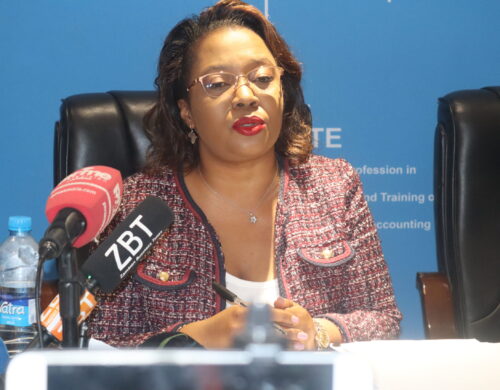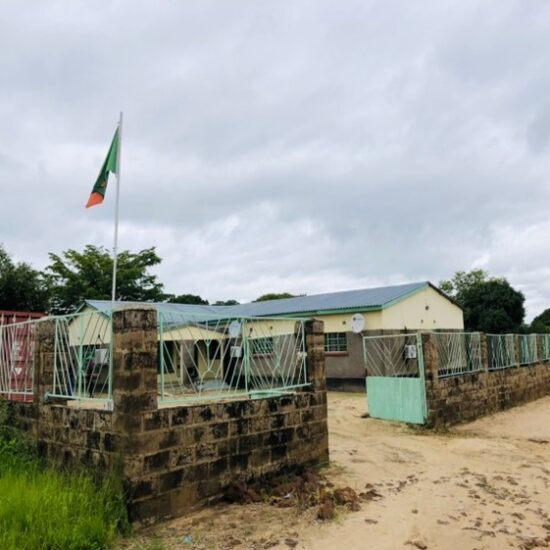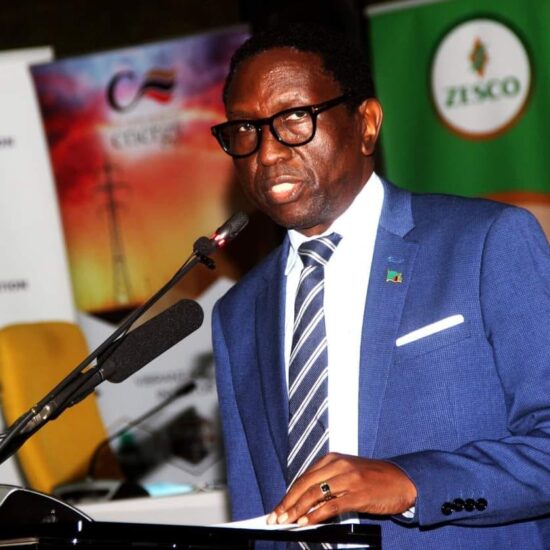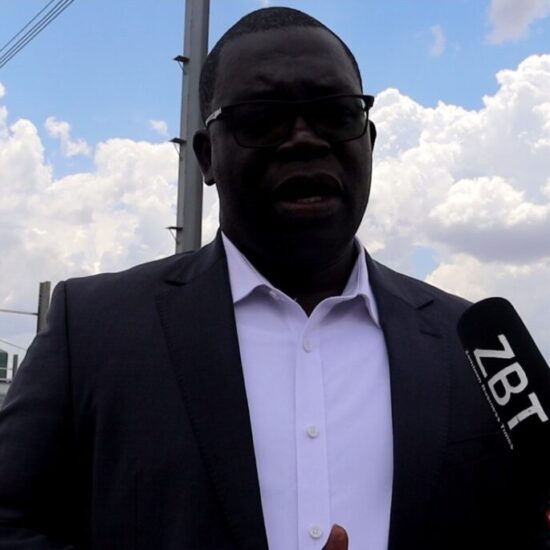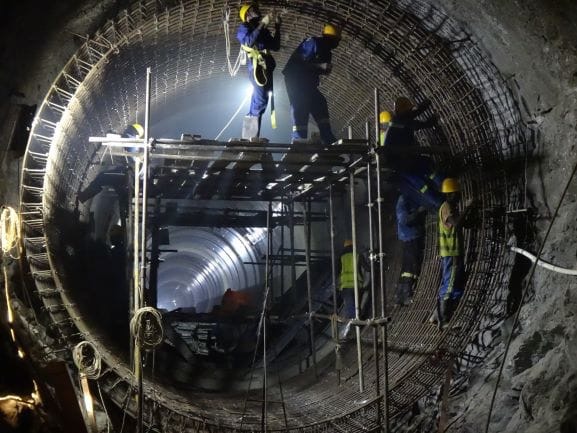
ZESCO has announced a continued power management programme, which is currently between 10 and 12 hours daily until a review is conducted at the end of April 2020 as water levels at Kariba are still low.
The power utility has further indicated that the progress of completion of the Kafue gorge lower project is also likely to be affected as several expatriates from Chinese firm building a new 750 Megawatts power station had not returned from holiday due to Coronavirus,
The power utility firm has explained that power generation at Kariba dam is still restricted due to the low water levels attributed to the reduced inflows into the lake despite the rains that the country has experienced this season.
ZESCO Director of Corporate Services Patrick Mwila today 13 March 2020 held a press briefing and confirmed that the deal to import 300 MW from South Africa’s Eskom had expired and the utility firm has no current plans of renewing.
He said that Zesco is now relaying on short-term power imports from the Southern African Power Pool (SAPP) to plug the deficit, which is currently at about 810 Megawatts.
“What is allocated for power generation by the Zambezi River Authority (ZRA), is 22 billion cubic meters, which we share with Zimbambwe. So it means we have 11 billion cubic meters as Zambia and we have already used 2.7 billion cubic meters which is representing 25% of the water for this year”, said Mwila.
And at the same event, Director for Power generation Fidelis Mubiana said that it is important that the water resources is prudently managed to guarantee continued power generation. He added that several expatriates from Chinese firm building a new 750 Megawatts power station had not returned from holiday due to Coronavirus travel challenges, saying that is likely to affect the progress of the project.
ZESCO Public Relations Manager Hazel Zulu, had earlier told the Zambian Business Times – ZBT, on March 13th 2020, that load shedding of up to 12 hours daily remains critical to protect the power system from collapse and ensure the available power is shared equitably, and generation is sustained into the next rainy season.
She stated that “We need to appreciate that due to the severe draught that was experienced in the previous season, the water that was allocated by the Zambezi River Authority (ZRA), for power generation was depleted leaving the Kariba dam at its all-time low,’’ she said.
Zulu explained that as at 12th March 2020, the water levels at Kariba was at 12% full compared with 42.99% full at the same time last year. She said that the capacity of the lake is 69% full, implying that the water levels are significantly low.
“It is, therefore, imperative to note that despite the 2020 rainfall projections of normal to above normal rainfall for the Kariba upper catchment area, the dam may not record a significant increase in the water levels. We continue to urge our customers to consistently use power prudently by employing energy efficient initiatives such as using alternative sources of lighting like energy saving bulbs and solar, completely switching off appliances when not in use, using solar geysers for heating and gas for cooking,’’ added Zulu.
